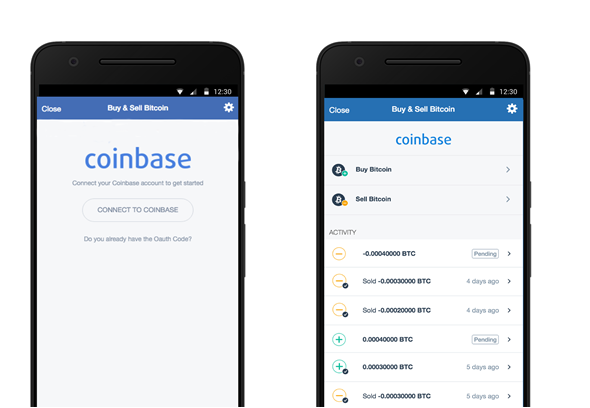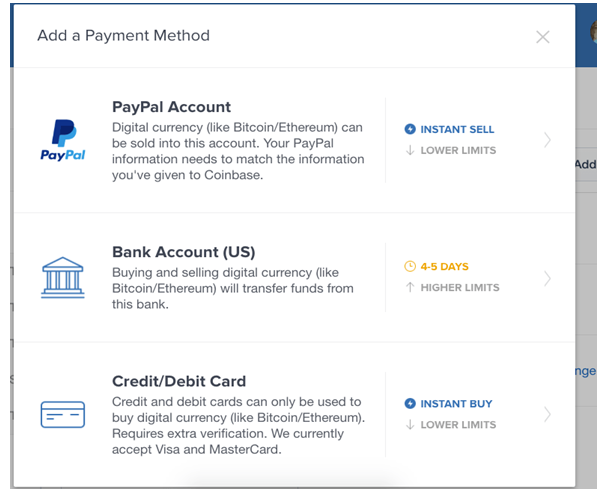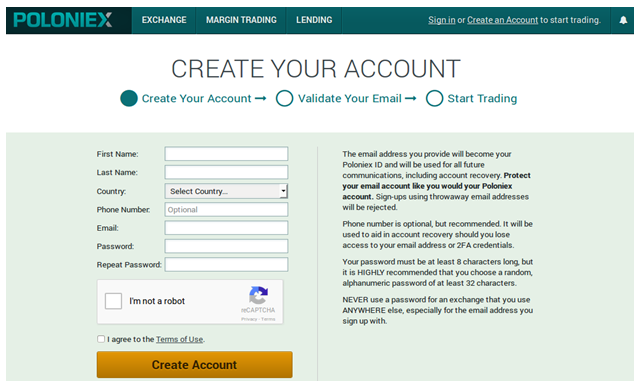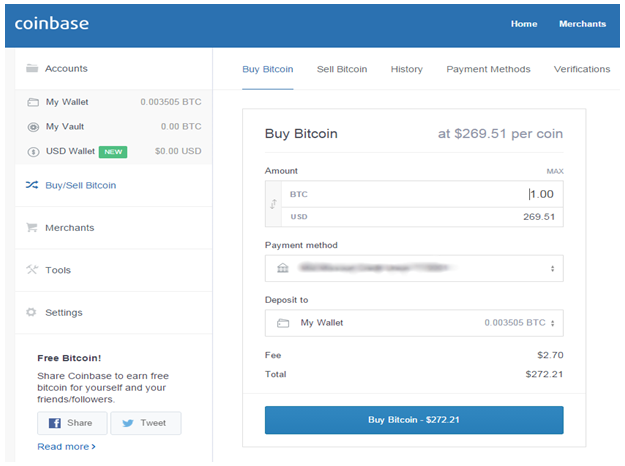by Jesse Cohen
Bitcoin's price recently hit an all-time above the $10,000-level, generating major interest from retail investors in what is arguably the world's most popular cryptocurrency.
Just a few years ago, the idea of buying Bitcoin was far-fetched. However, with a market cap of approximately $180 billion and rising, at time of writing, even Wall Street investment bank Goldman Sachs has lately acknowledged that it's getting harder for institutional investors to ignore the digital currency.
Buying and selling Bitcoin is easier than you might think. The process can be as simple as signing up for a mobile app.
Below, a step-by-step guide to getting started.
First, sign up for a wallet
The initial, necessary step you must take before you can buy and sell Bitcoin is to open a Bitcoin 'wallet.' A wallet is basically the Bitcoin equivalent of a bank account. It allows you to receive bitcoins, store them, and then send them to others.
There are three main types of wallets. A software wallet is one that you install on your own computer or mobile device. This gives you complete control over the security of your coins, but software wallets can sometimes be tricky to install and maintain.
A web wallet or hosted wallet might be a good alternative for some. It’s hosted by a third party. Web wallets are often much easier to use, but you have to trust the provider to maintain high levels of security to protect your coins.
A hardware wallet is a small physical device which you can store in your wallet, keychain, or safe. It is pin code protected and not continuously connected to the internet, making it a superior option from a security standpoint. The main drawback is that while many web and software wallets are free, hardware wallets need to be purchased.
The most popular Bitcoin wallet at this time is the one that Coinbase offers for download, but there are others, including Bitcoin Core, Electrum, and Breadwallet for mobile.

Next, add a payment method
After you've signed up for a wallet, you'll need to add a payment method which can be done by completing a few verification steps. The easiest-to-use option is to connect an existing bank account with your wallet.
Other options include linking to a PayPal account or a credit/debit card, but those come with some drawbacks, such as low purchasing limits, higher transaction fees and a longer verification process.

Once the verification steps are complete, you can make your first Bitcoin purchase.
Now, it's time to choose an exchange
In this section, we'll primarily go over purchasing Bitcoin through established exchanges. There are additional ways to buy and sell the digital currency, including but not limited to solutions such as third party website buynow-crypto which acts as an exchange, billing your credit card in trade for bitcoins. One-on-one transactions are also possible, by purchasing Bitcoin locally from individuals listed on Local Bitcoins.
If you prefer to use an established exchange, once you've signed up for a wallet and linked it to a payment account, it's time to choose a Bitcoin exchange. There are a number of factors to take into consideration when choosing which exchange to start investing and trading with.
Some of these include transaction fees, accessibility, liquidity conditions, reputation, transparency and even the country where the exchange is located.
Bitcoin newcomers will find a variety of exchanges competing for their business. Some of the most reputable and popular exchanges include U.S.-based Poloniex, Bittrex and Coinbase-owned GDAX, as well as Asia-based Bithumb and Bitfinex.
Upon choosing an exchange you will be prompted to open an account with them, which will bring you one important step closer to buying and selling Bitcoin.

At the end of the day, there is no right or wrong exchange with which to start trading, but doing your homework first and exercising due diligence is highly encouraged.
You're all set to start buying and selling Bitcoin
After you've completed the necessary steps, above, you can start buying and selling Bitcoin. Purchases and sales can be handled in a variety of ways, ranging from fiat currencies, such as dollars and euro, to credit and debit cards, to wire transfers.
The Bitcoins you acquire are then transferred to your wallet.

The bottom line
Buying and selling Bitcoin is not as difficult as newcomers expect and the good news is that it keeps getting easier thanks to an improving ecosystem.
The shifting regulatory stance, growing adoption and acceptance, investments in Bitcoin start-ups and products being launched around the digital currency have ultimately raised investor acceptance and confidence in Bitcoin.
However, it’s still very early stages for the cryptocurrency market progression. As such you must be cautious of the extreme Bitcoin price volatility and ongoing legal issues within the digital coin marketplace before you start trading.
Additional reporting provided by Clement Thibault
